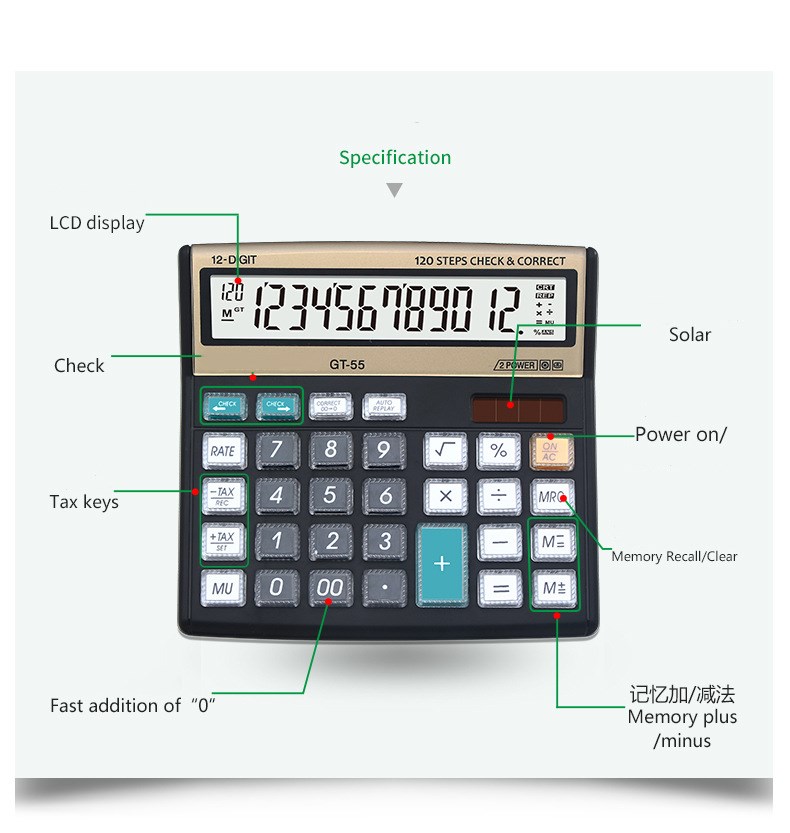Industry is concerned about robot collaboration and security
"The future of robots will replace manpower in large quantities." This is the consensus reached by industry CEOs at the China Robotics Summit in Shanghai Today. They expect robots to be more widely and acceleratedly applied, not only in manufacturing, but also in the home, medical, and other industries. To this end, a dialogue about the safety of robots and collaboration with humans is being carried out in the CEO.

Qu Daokui, president of the domestic robot industry boss Xinsong Robot, said: "In the past, 73% of the work in the manufacturing industry was done by human hands, but now it requires a large number of robots to replace the existing labor force. Safety issues come. The cyber security of the Internet of Things era is a bigger problem, and it involves the security between the network and the network."
In response, several global pioneer companies have responded. Per-vegard Nerseth, global head of ABB's robotics division in Switzerland, told the First Financial reporter: "ABB is paying more and more attention to digital solutions and has already launched a digital industrial transformation solution with Microsoft. Enterprises will use Microsoft Azure Smart Cloud and ABB's deep domain knowledge and the unique combination of a wide range of industrial solutions benefit from the unique combination of information security."
As ABB's integrated connectivity cloud platform, Azure continues to spend billions of dollars on enterprise-class cloud infrastructure, which will allow ABB's customers to freely access information in the cloud. Help companies make faster decisions through digital technologies and cloud platforms.
Ni Side also said: "The traditional robot giants with automobile manufacturing as the pillar are working hard to develop lightweight cooperative robots." This is closely related to the strategic changes of automobile companies. Companies such as General Motors, Mercedes-Benz, BMW and Ford have experimented with or have begun using collaborative robots.

Unlike previously cumbersome industrial robots, collaborative robots are smaller, such as the arm robots produced by Kuka RoboTIcs in Germany or the Baxter robots from Boston Rethink RoboTIcs. “Sometimes they are even less than a meter tall. They are designed to work side by side with humans rather than being manipulated by humans,†said Scott Eckert, CEO of Rethink RoboTIcs, at the Industry Fair.
For decades, the automotive industry has become a pioneer in exploring the large-scale use of robots in factories, a trend that continues today. According to the Robotics Industry Association, North American auto companies spent $282 million in robotics in 2016, compared with just $436 million in years.
Today, robots in the automotive industry have been used to perform a variety of tasks, such as material handling or welding. These machine workers help humans to liberate in order to think about how to provide personalized and customized services, as more and more customers demand customized services.
According to data released by logistics system integrator BasTIan Solutions, since 2010, due to the use of industrial robots, US car production has increased at an average rate of about 16% per year. A recent analysis of the use of industrial robots in the UK and US manufacturing over the past 14 years shows that labor productivity is increasing every year.
A study by the Massachusetts Institute of Technology at the BMW plant found that when humans and robots work together, they work 85% more efficiently than humans and robots. Human work replaced by collaborative robots is a repetitive and dangerous job, and humans will have more time to focus on other jobs. Scott Eckert told the First Financial reporter: "Some tasks, if done by humans, may reduce productivity. Collaborative robots allow humans to program machines and do what they don't want to do."
Statistics show that in 2015, global collaborative robot sales were $116 million. By 2020, Barkley expects global collaborative robot sales to reach $3 billion. Barclays Capital analyst James Stettler said: "Today, cars have become the largest terminal market for robots. In the future, the robotics market will become larger and larger."
In the next few years, China will remain the world's largest and fastest-growing robot market. Statistics show that by 2018, one out of every three industrial robots produced will be used in China.
Yin Yibo, vice chairman of Delta Group’s subsidiary, Zhongda Dentsu, told the First Financial Reporter: “The increase of Chinese robots this year is about 100,000 units, which is higher than last year’s 70,000 units, but we expect the future of Chinese robots. The demand will be 1 million units, so there is still a lot of room for development."
As consumers become more personalized and customized, they are becoming more and more difficult for large industrial robots to manufacture precision-configured vehicles. “In this era of mass customization, industrial robots are difficult to adapt because they need to be constantly reprogrammed. This provides an important opportunity for lightweight industrial robots.†Yin Yibo said, “The future development direction of Delta is from the traditional Selling individual products has turned to providing customers with complete industrial solutions, which will require more intelligent robots."
Check Electronic Calculator advantage:
12-14digit tax RATE & CHECK CORR,The buttons are ergonomically shaped and configured to match natural finger movements Rubbersoft anddurable. Rubber feet on the bottom of the calculator keep in keep in form slipping during operation.

Check Electronic Calculator,Check Calculator,Colorful Electronic Calculator,Financial Electronic Calculator
Dongguan City Leya Electronic Technology Co. Ltd , https://www.dgleya.com